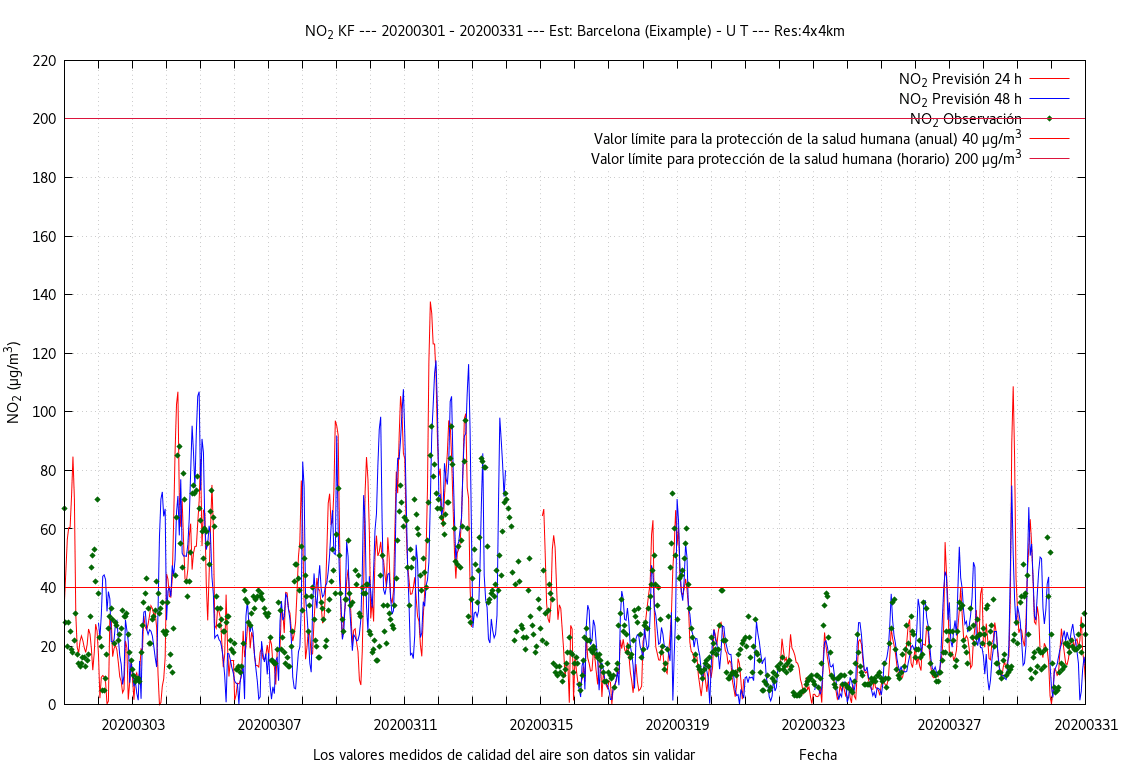BSC operates the CALIOPE system, which offers a quality air forecast for the next 24-48 hours for Spain and the whole of Europe.
The decrease of activity during the first week of April due to the coronavirus and the confinement and partial stop measures have logically meant a reduction in emissions. The Earth Sciences department of the Barcelona Supercomputing Center (BSC) is daily executing the operational system of quality air forecast CALIOPE, which provides weather and air quality forecast for the next 24-48 hours for Spain and the whole Europe.
According to the registered data during the first week of April, in Spain traffic emissions have been reduced by 80%. In the case of the manufacturing industry, it has been detected that there are sectors that have not stopped their activity, such as petrochemical industries, and others which have stopped theirs, such as cement plants; nonetheless, the reduction in emissions is of 20%. In the case of airports, this decrease is of 90%. In the area of energy generation, it is unclear, though there has been a decrease in its demand in Spain, if production has been somehow compensated (maybe with renewable energy), since there has not been a significant change in energy production using fossil fuel. In the case of sea transport, there has been a mild decrease (basically a reduction in passenger transport) of 10%.
The operational systems of air quality forecast CALIOPE, executed by the BSC, consists of a group of numerical models: weather, emissions, and photochemistry models.
The CALIOPE emission’s model, HERMES, combines very precise activity data with emission calculation methodologies that follow European standards. This model allows to estimate emissions, for instance, of a factory, in the case of industrial emissions, or of a street, in the case of road traffic. The emissions are individually considered for each type of industry, vehicle, etc., and are subsequently added as a whole. This is a very detailed emissions model, and it allows, in a situation such as we have nowadays, where different activities are affected differently by COVID-19, that correction factors that adjust emissions to this new reality may be applied individually for each sector.
The first adjustments of emissions have been performed in the CALIOPE forecast systems so as to reflect these changes in the pollution levels to be modelled, as well as in those already observed in observation stations.
The usual emission sources
The contribution that each polluting sector may have on the total emission dramatically differs depending on the zone of the study. In the case of the city of Barcelona, for example, the main emission focus is car traffic, which is responsible for 70% of emissions. Nevertheless, in the Barcelona Port zone, vessel activity is responsible for the majority of the emissions. There is a similar case in Tarragona, where the petrochemical industry is responsible for the majority of emissions. Outside the city, due to ammonia emissions, more than 90% of the emissions are due to field fertilizers and stool processing from farming.


